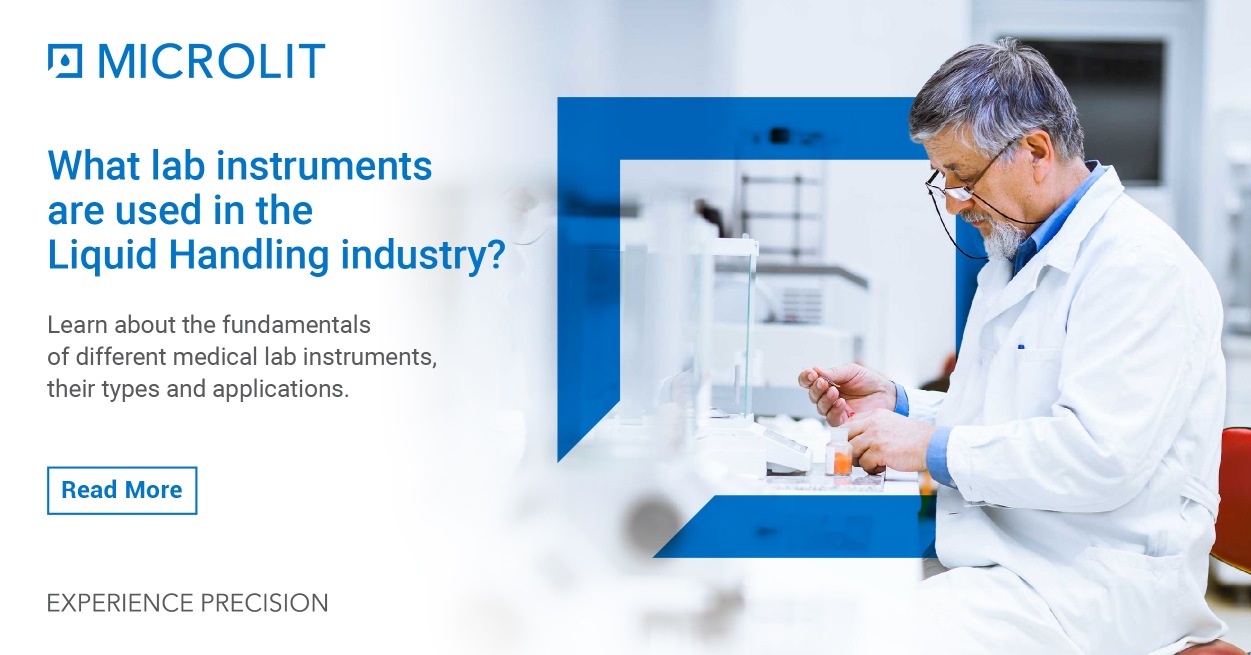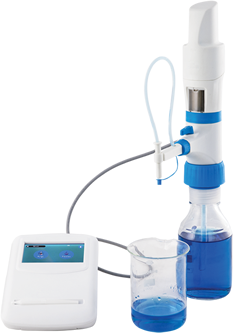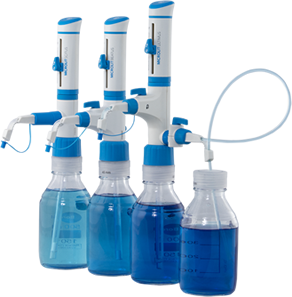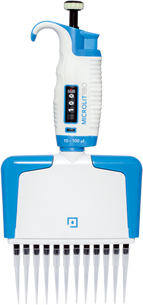Pharmaceutical and scientific research laboratories perform several chemical and biological tests on a daily basis. In order to generate accurate and precise results, the labs require a wide range of effective and sophisticated equipment. The complexity and range of equipment required by the lab varies with the applications or tests they need to perform. Today, hundreds of manufacturers of laboratory equipment exist in the market, that offers certified and robust lab instruments for a variety of scientific applications. Let’s look at some of the lab instruments you can expect to find in a typical pharma/research lab, as well as look at their applications.
1) Microscope
Microscopes are one of the most common lab equipments in a scientific lab. They are used to view micro-sized objects or objects that are very small to be seen by the naked eye. By producing a bigger image of the small object, these instruments eMicroscopenable researchers to examine minute details very closely.
In a pharma setup, microscopes can be used to evaluate different types of cells or identify various microorganisms, such as bacteria, viruses and parasites.
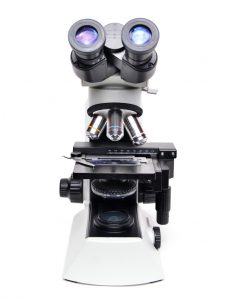
2) Hematology Analyzer
Hematology analyzers are used to accurately quantify blood cells. It is a highly sophisticated automatic computerized device that enables a technician to precisely count blood cells using the technique of flow cytometry, light scatter phenomenon, use of fluorescent dyes, as well as radiofrequency. The analyzer is very useful to diagnose and monitor blood cancers and bleeding disorders.
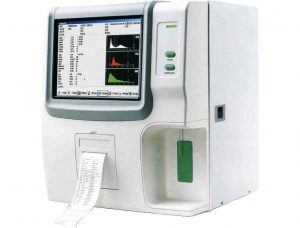
3) Blood Gas Analyzers
Blood gas analyzers use a person’s blood to measure the pH and partial pressure of oxygen, as well as carbon dioxide. It can also evaluate bicarbonate concentration in the blood. This test can be performed very quickly, and results are generally available within minutes after the test.
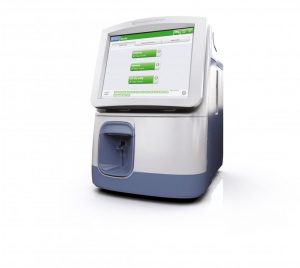
4) Haemoglobinometer
As the name suggests, a haemoglobinometer is used for estimating hemoglobin in the blood. It uses spectrophotometry for calculating hemoglobin concentration. It is a portable device, therefore can be easily carried. The result is expressed in gram hemoglobin per 100 ml of the blood sample.
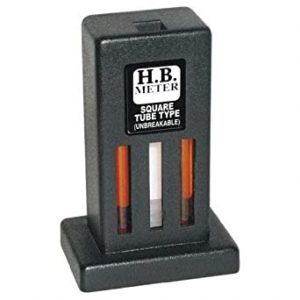
5) Centrifuges
Centrifuges are commonly found in medical equipment lab, thay are used to separate fluids based on their density. This is achieved by spinning the vessel having the sample at a high speed that makes the centrifugal force push the heavier substance to the outer periphery of the vessel.
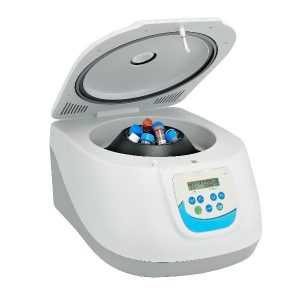
6) Autoclave
An autoclave is used to sterilize samples and lab instruments, such as plastic tubes, pipette tips, glassware and surgical instruments in a research laboratory. It uses temperature, pressure and steam for the decontamination of materials. The working principle of an autoclave is based on the downward displacement of air through gravity. Usually, an autoclave functions on standard settings- Pressure: 15 psi, Steam Temperature: 121°C for 15 minutes.
7) Cell Counter
Cell counters are used to calculate the number of cells, as well as assess the cell type in blood or urine samples. In addition, they can be used to evaluate the viability of a cultured cell line for cell therapy. A cell counter functions by loading the sample into the chamber, which moves through a small tube. As the sample moves through the tube, it counts the number of cells using optical or electrical impedance sensors.
8) Clinical Laboratory Incubator
Incubators are control chambers that can be used to manage temperature and humidity, as well as carbon dioxide levels of samples for specific tests. They are mostly used to promote the growth and development of cells and tissues. The major application of incubators is in the field of microbiology. Microbiological incubators can be used for:
- Growth and reproduction of microbial colonies.
- Storage and maintaining the culture of organisms for later use.
- Assessing biochemical oxygen demand (BOD) of cells.
9) Liquid handling Instruments
In addition to all the above-mentioned medical and lab equipment, a medical lab requires different kinds of liquid handling instruments, such as micropipettes, bottle top dispensers and burettes to facilitate the accurate and precise transfer of liquid compounds.
Purchasing the Right Lab Equipment
The key parameters to keep in mind while making purchase decisions for your lab include the scope of applications, the anticipated workload and the regulatory requirements. Medical patient testing requires a lab to use FDA-approved equipment and kits.
Further, one should estimate the throughput and footprint of the equipment before investing in it. It is also imperative to follow the manufacturer’s instructions on calibration, storage, training and other guidelines.
Microlit Liquid Handling Instruments
Microlit is known for designing high-precision liquid handling instruments for the world’s highly prominent research and medical laboratories. We develop and manufacture bottle top dispensers, electronic burettes, micropipettes, miniature micropipettes and electronic pipette filling instruments as well as accessories, such as pipette stands and pipette tips. Our passion for innovation and precision has allowed us to build a trusted network of clients across 65 countries. Our aim is to serve the healthcare and life sciences industry on an international scale and emerge as one of the leading players in the domain of analytical research and medical lab equipment manufacturing.






 35368
35368